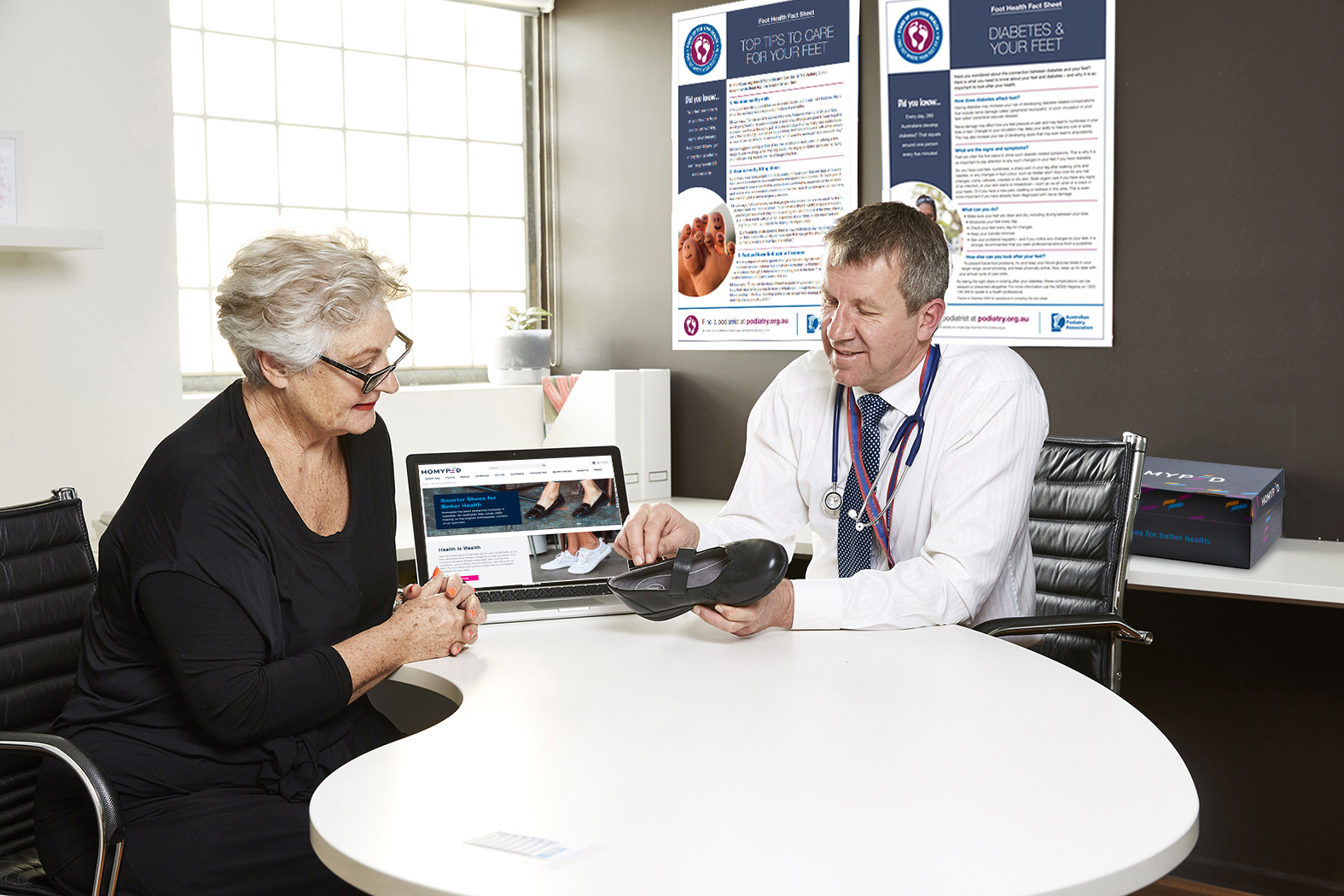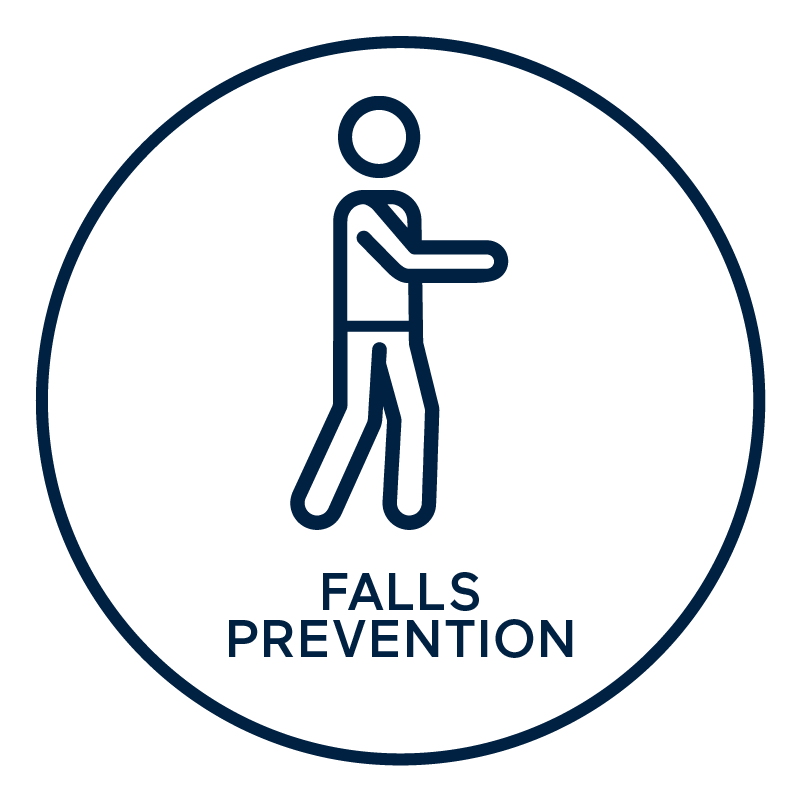Foot Health Week - Reasons to See a Podiatrist
There is no denying that high heel stilettos may look beautiful but deep down we all know that they are renowned for causing foot pain, discomfort and ongoing problems.
Pain is the most obvious sign that you are not wearing shoes that fit you correctly.
Each day this Foot Health Week (14th - 20th October), Homyped in collaboration with podiatry manager Steve O’Connor, we’ll be sharing some tips and advice for happy, healthy feet. 
They carry us everywhere and contain a quarter of the bones in our bodies, but when it comes to taking care of our health, feet are often quite literally the furthest from our minds.
The average person walks up to 128,000 kilometres in their lifetime - or three laps around the world - wow, let that sink in for a minute.
Around 40 percent of Australians will experience some form of foot condition, according to the Australian Podiatry Association.
Let’s explore some of the most common foot conditions and how to know whether you should seek treatment from a podiatrist:
Bony deformities and arthritisOsteoarthritis is when cartilage in the joints wears down and bones become exposed and rub against each other. This is common in the base of the big toe, causing stiffness also known as hallux rigidus. Over time, your body will attempt to repair this by growing more bone, which can cause the joint of the big toe to change shape and form a bunion. Depending on the severity, a podiatrist may provide shoe modifications, padding, or orthotics to relieve pain, while an orthopaedic foot surgeon may need to remove bony lumps or fuse the joint. Homyped has designed shoes that cater specifically to bunions and have a fantastic range of footbeds that offer support and comfort in all the right places, and Steve recommends checking those out. |
PronationPronation is the way the foot rolls inwards as you walk or run. When your foot strikes the ground, it rolls inward, and the arch flattens to absorb the shock. Steve says that although pronation is a natural movement for impact distribution, some people roll inward too much (overpronators) or not enough (supinators), which can cause issues if left uncorrected. A podiatrist can prescribe treatments such as orthotics to bring the joints of the foot back into position and help alleviate symptoms of discomfort. |
Problematic toenailsA podiatrist should be the first point of call for conditions such as nail thickening, shedding, discolouration, ingrown or involuted nails. Nail conditions can be the result of acute trauma, such as stubbing your toe, chronic trauma, such as ill-fitting footwear, aggressive pedicures, or fungal infections often caused by moist or wet conditions. These can be extremely painful and lead infection if left untreated. |
Falls preventionFoot problems are a major cause of falls, particularly for people over the age of 65. Steve reiterates that podiatrists have an important role to play in reducing the risk of falls by identifying and correcting underlying and gait abnormalities, assessing and treating foot pain, nail care, prescribing exercise programs, orthotics and advising on footwear. |
Ankle sprainsAn ankle sprain is where there is a partial or complete tear of the ligaments in the ankle due to a sudden stretching. Most people associate It typically occurs when the ankle is twisted suddenly in a sports activity or when stepping off an uneven surface. “A podiatrist can assess the damage and strap, brace or immobilise the ankle where required. Mild sprains often require rest and ice packs to reduce the swelling, but more serious tears can require orthopaedic surgery.” |
Homyped: Smarter Shoes for Better Health
Homyped has been designing shoes in Australia for over 50 years and each shoe is designed to provide better health and freedom from pain associated with common foot conditions. We passionately engineer footwear in collaboration with allied health professionals and want to help you find your perfect pair!
Shop by common foot condition today here.







